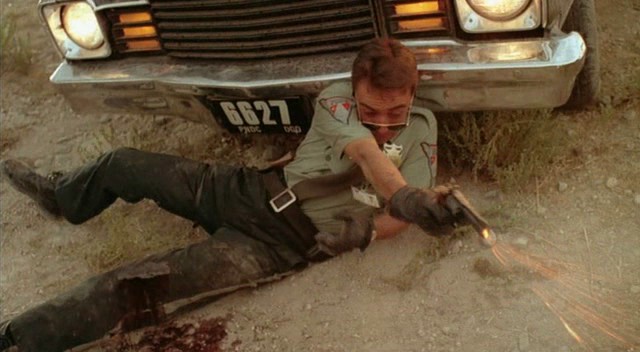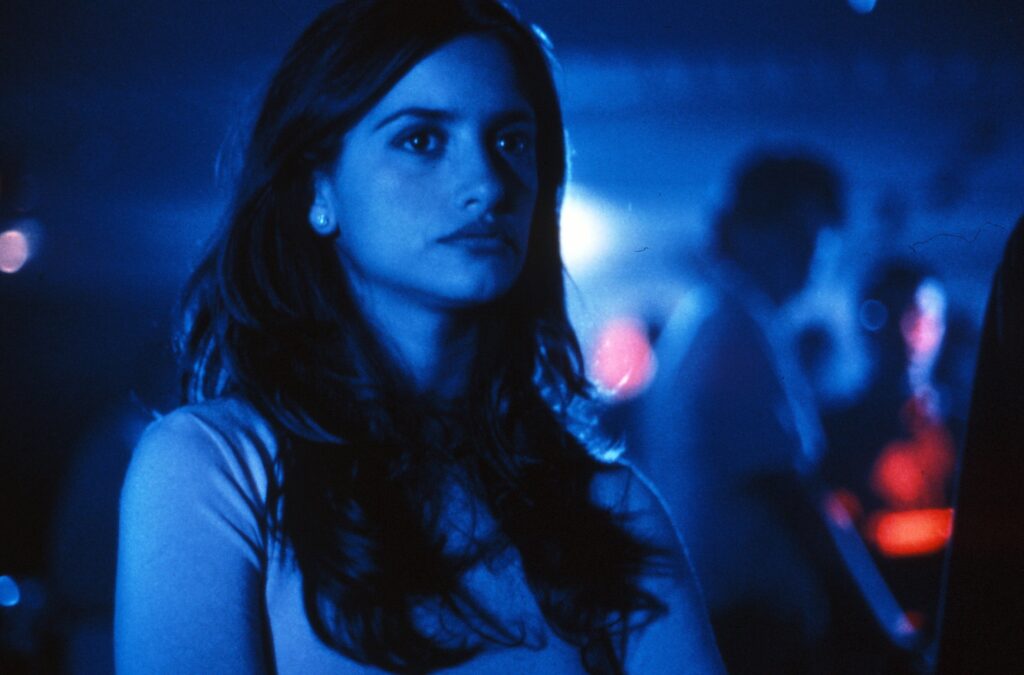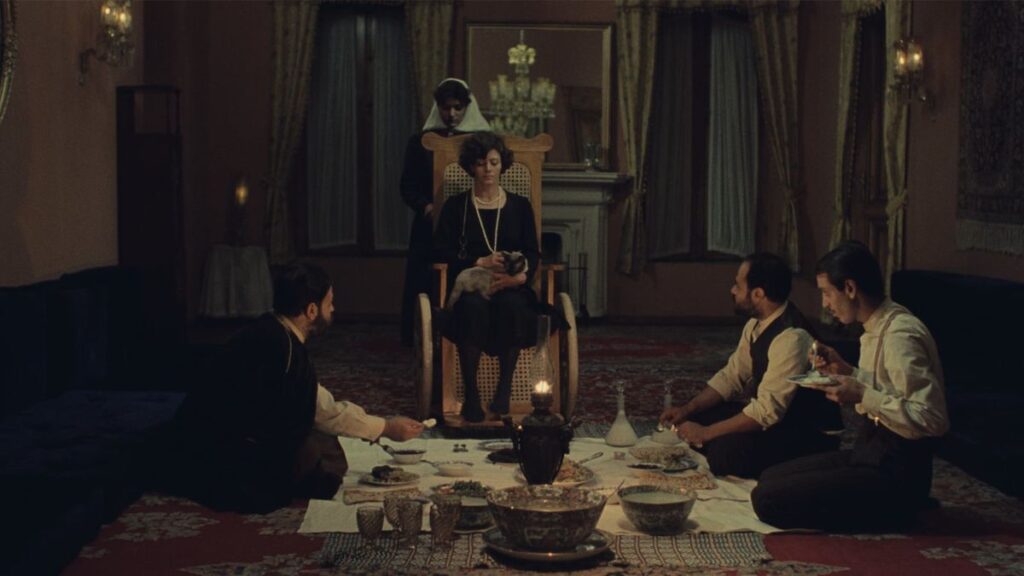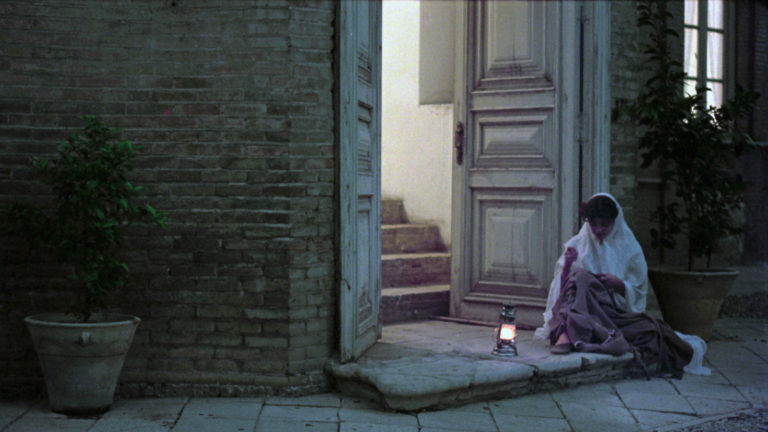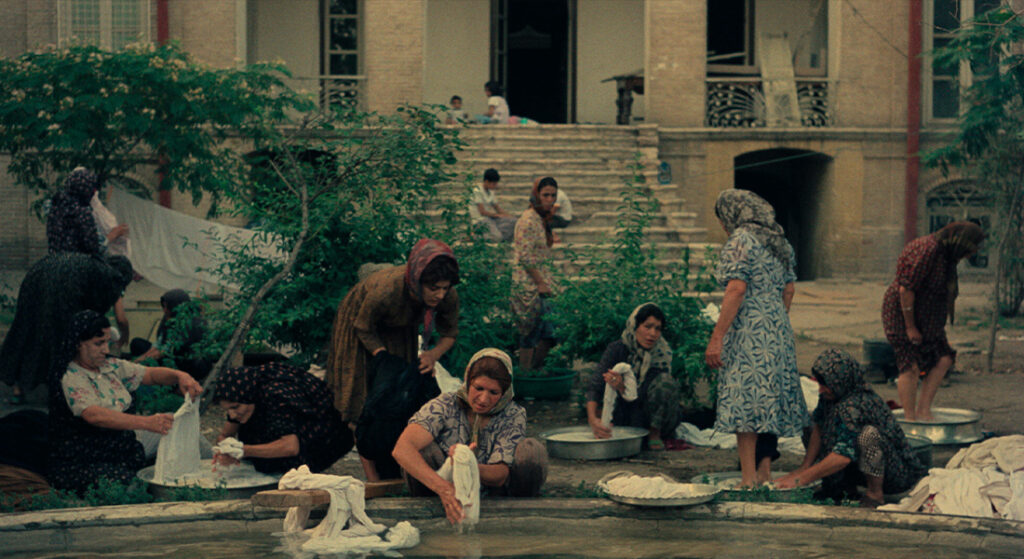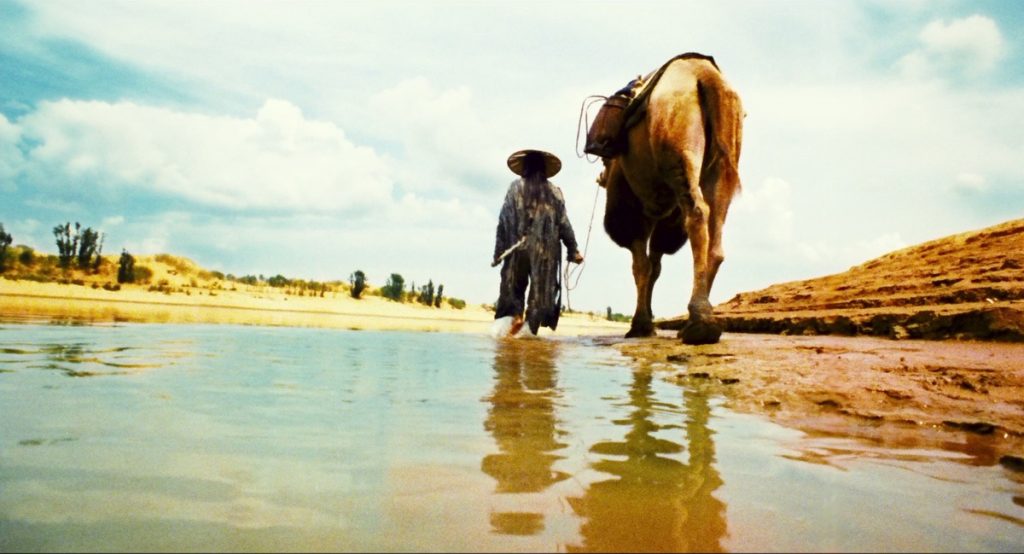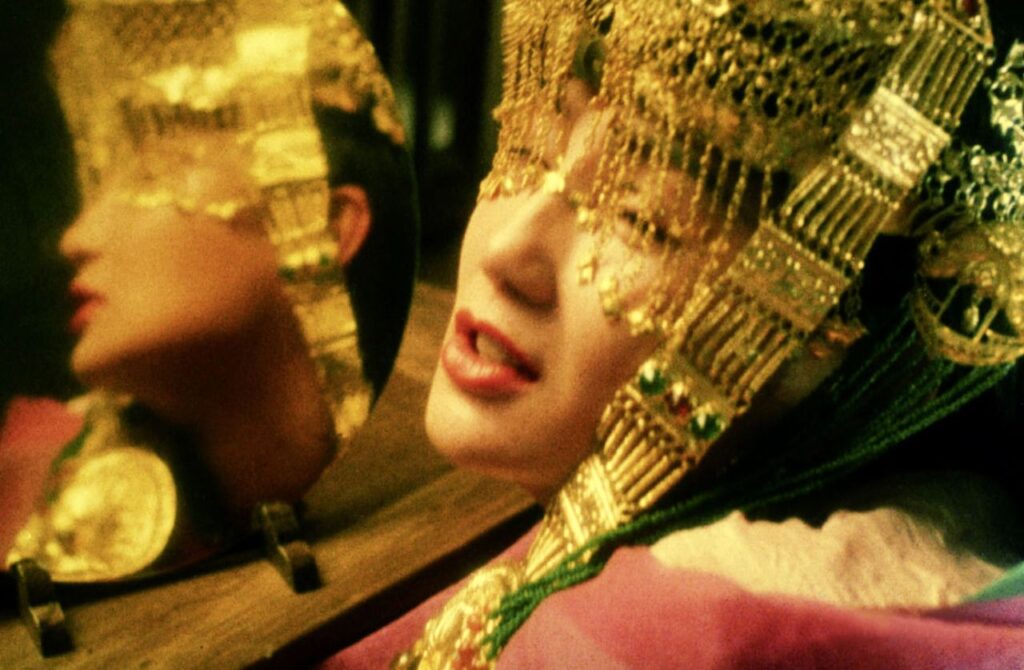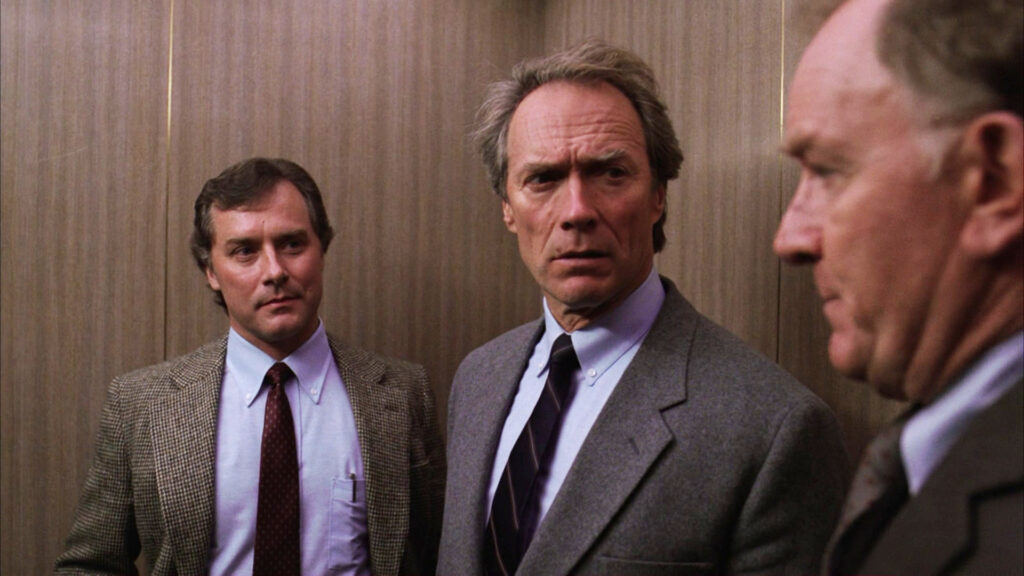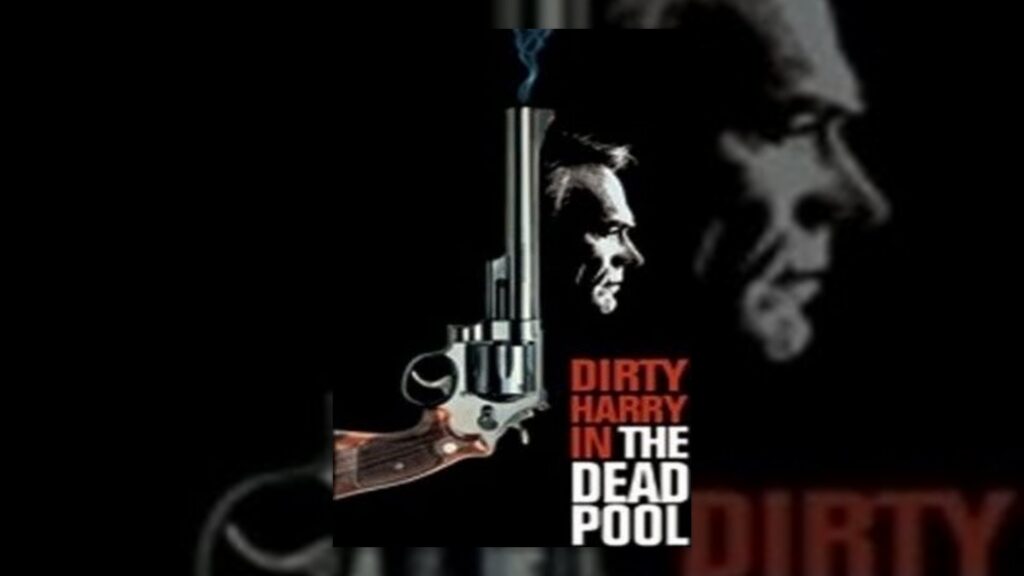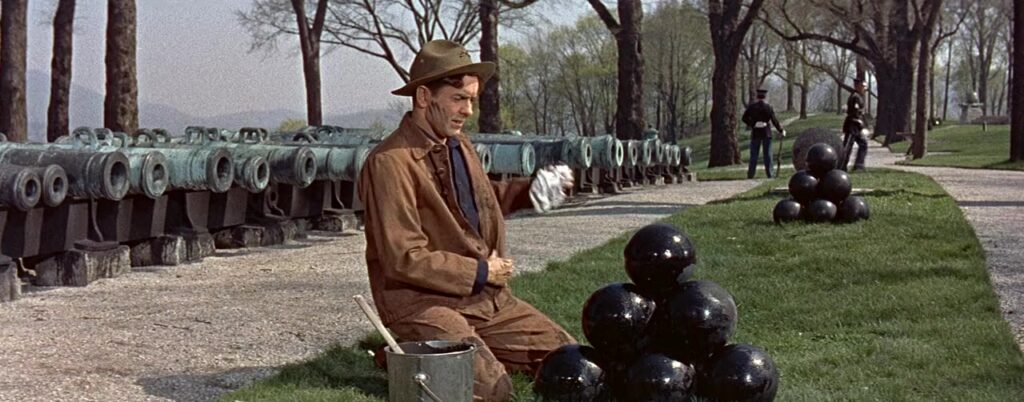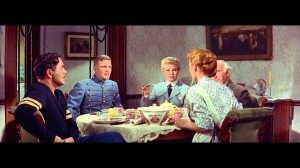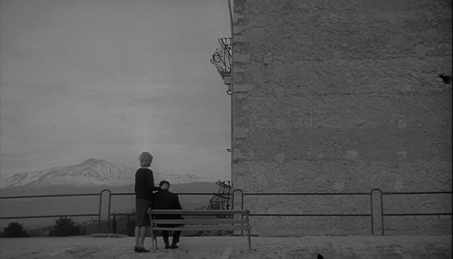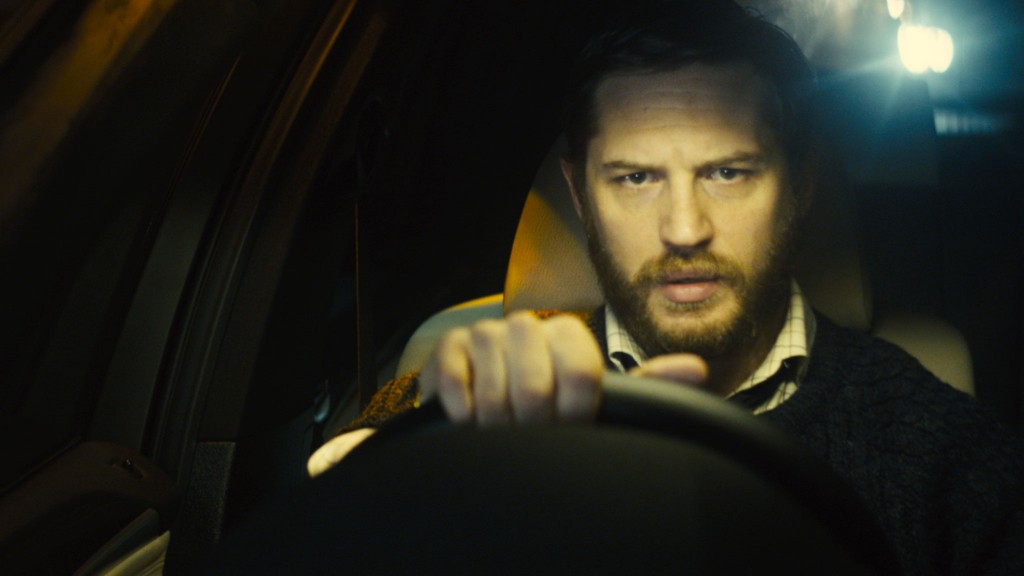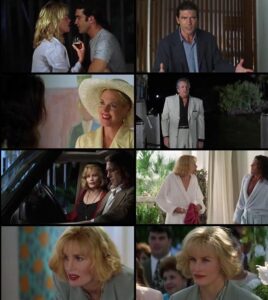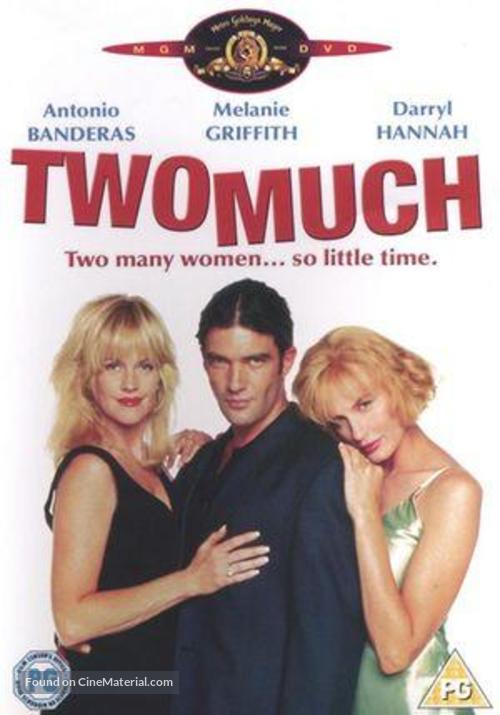From the Chicago Reader (September 3, 1993). — J.R.
SON OF THE PINK PANTHER
* (Has redeeming facet)
Directed by Blake Edwards
Written by Edwards, Madeline Sunshine, and Steve Sunshine
With Roberto Benigni, Claudia Cardinale, Herbert Lom, Debrah Farentino, Robert Davi, Shabana Azmi, and Burt Kwouk.
Son of the Pink Panther is the eighth or ninth Pink Panther movie, depending on how you keep count — the press materials choose to ignore Bud Yorkin’s 1968 Inspector Clouseau with Alan Arkin, a flop that pleased no one. It also represents the third time writer-director Blake Edwards has resumed the series after announcing it was definitively over. The first dormant period was 1965-’74, after the successive and successful releases of The Pink Panther and A Shot in the Dark in 1964. The second, 1979-’81, followed The Return of the Pink Panther (1975), The Pink Panther Strikes Again (1976), and Revenge of the Pink Panther (1978) — which were even more successful at the box office than the first two.
Peter Sellers, the star of the series, died in 1980. But with a perversity and cynicism matched only by commercial greed, Edwards managed to grind out two more Clouseau films in the 80s, Trail of the Pink Panther (1982) and Curse of the Pink Panther (1983), which I’ve never managed to bring myself to see. Read more




